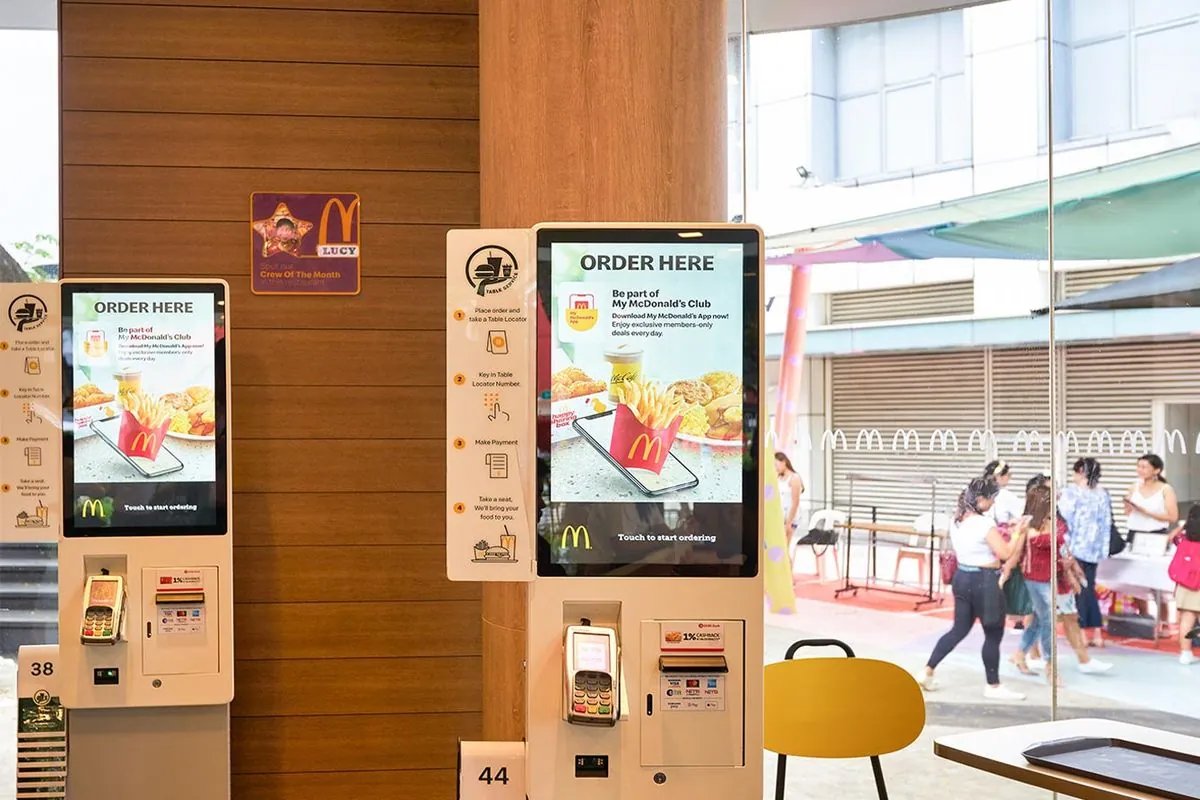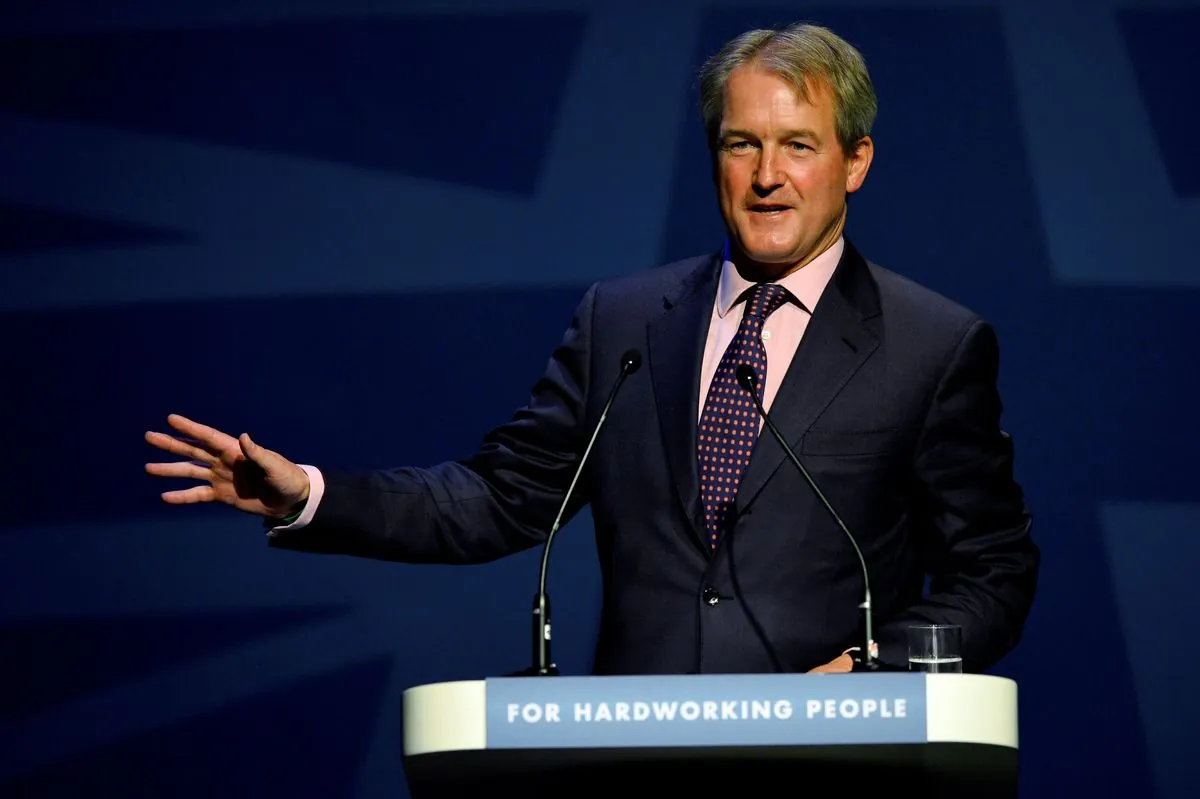Bill's Restaurant Chain to Phase Out Waiters: Gen Z's Digital Preference Sparks Debate
Bill's plans to automate ordering process, citing Gen Z's preference for digital interaction. This move raises concerns about the impact of automation on human interaction and economic vibrancy.

In a move that reflects the changing landscape of the restaurant industry, Bill's, a popular casual dining chain, has announced plans to phase out traditional waitstaff in favor of digital ordering systems. This decision, aimed at catering to the preferences of Generation Z customers, has ignited a debate about the future of human interaction in the service sector.
Tom James, managing director of Bill's, explained the rationale behind this shift: "Gen Z communicates through their phones and devices. We need to offer that functionality if the modern guest is going to be more comfortable ordering." This observation is supported by a recent survey conducted by Prezzo, which found that 86% of Gen Z individuals experience "menu anxiety" when ordering from a person rather than a screen.
The trend towards automation in the restaurant industry is not new. Many establishments have already implemented QR code menus and contactless payment systems. However, Bill's decision to potentially eliminate waitstaff entirely represents a significant escalation of this trend.

While some argue that this move is simply a response to customer preferences and a means to reduce costs, critics warn of potential negative consequences. The loss of human interaction in dining experiences could lead to a "soulless, dead economy," devoid of the personal touch that often enhances the dining experience.
This shift towards automation is not limited to the restaurant industry. Over the past four years, many companies have experimented with remote work, only to conclude that in-person office interactions are crucial for creativity and productivity. Similarly, some retailers, such as Asda and Booths, have begun to reintroduce human cashiers after realizing the limitations of self-service checkouts.
"I just think it's how they've grown up. They communicate through their phones and their devices."
The debate surrounding automation in the service industry touches on broader societal issues. While digital ordering systems may alleviate anxiety for some customers, they also reduce opportunities for social interaction and potentially impact job markets. The hospitality industry, which employs about 10% of the global workforce, could face significant changes if this trend continues.
As businesses navigate the balance between technological efficiency and human touch, it's worth noting that the concept of automation in service is not entirely new. The first vending machine, for instance, was invented in the 1st century AD by Hero of Alexandria. However, the rapid advancement of technology in recent years has accelerated this trend significantly.
The global self-service technology market is expected to reach $68 billion by 2026, indicating a growing appetite for automated solutions. However, as Bill's and other companies push forward with these changes, they must carefully consider the long-term implications for both their businesses and society at large.
As the debate continues, it remains to be seen whether the trend towards automation will lead to a more efficient dining experience or, as some fear, a less vibrant and personal one. The challenge for businesses like Bill's will be to find a balance that satisfies the preferences of younger customers while maintaining the human element that has long been a cornerstone of the hospitality industry.


































